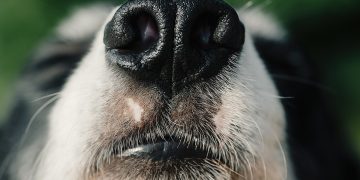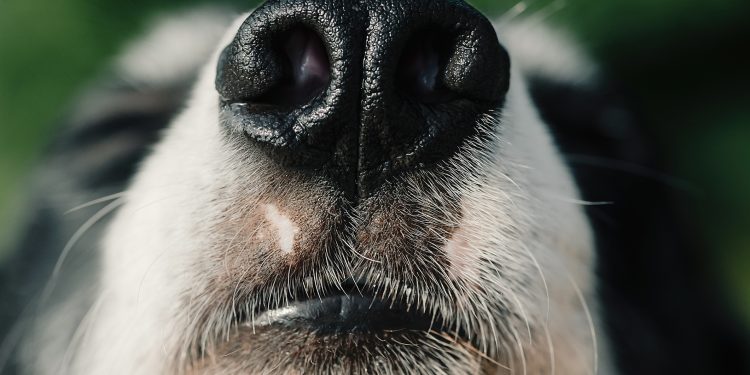The tiny De Winton’s golden mole has been rediscovered in South Africa for the first time since 1936.
Researchers in South Africa say they have rediscovered the De Winton's golden mole, a species of mole that had been lost to science since 1936. pic.twitter.com/Um1gZedrLf
— DW News (@dwnews) December 3, 2023
According to ReWild, this is due to a group of Endangered Wildlife Trust (EWT) scientist’s use of a specially trained sniffing dog and new eDNA technology
The elusive golden mole lives in sandy areas and is not easy to track. They easily move through sand due to an oil that their body secretes, which also turns their fur a golden color.
To find these little moles, the scientists trained a border collie named Jessie to lie down when detecting the scent of the golden mole species.
The true challenge was getting a proper scent for the dog to be trained. How could this be done if the golden mole had not been seen in decades?
The hope was that she would be able to help the team rule out more common species. But after a heavy rainstorm, golden mole tracks, and burrows were discovered.
This baffled Jessie the dog, who did not recognize their scent. This reverse detection process led the team to collect over 100 samples to test through the newly developed eDNA technology.
eDNA is a database that can match hair, skin, and fecal cells to identify unknown species in an area.
The samples collected at the site did not match any of the other known golden mole species, which told scientists they were on the right track.
In 2022, a specimen of the De Winton’s golden mole species was made available by the Port Nolluth Museum. This was compared with the samples that the EWT scientists took and was a match.
Samantha Mynhardt, a conservation genetics researcher at the EWT, stated, “It’s been so exciting for me to make this discovery alongside a group of people with a shared interest and vision for golden moles to raise awareness about their presence, about their plight.”
“It puts a focus on species that people walk over and don’t even know that they’re there,” EWT senior field officer Esther Matthew said.
“A lot of the conservation focus is on the more charismatic and big animals that people see often, while the rare ones that probably need more help are the ones that need more publicity,” she went on.
Then Matthew concluded. “It was very exciting to be part of a team looking for lost species. The cherry on the cake is finding one.”


























 Continue with Google
Continue with Google